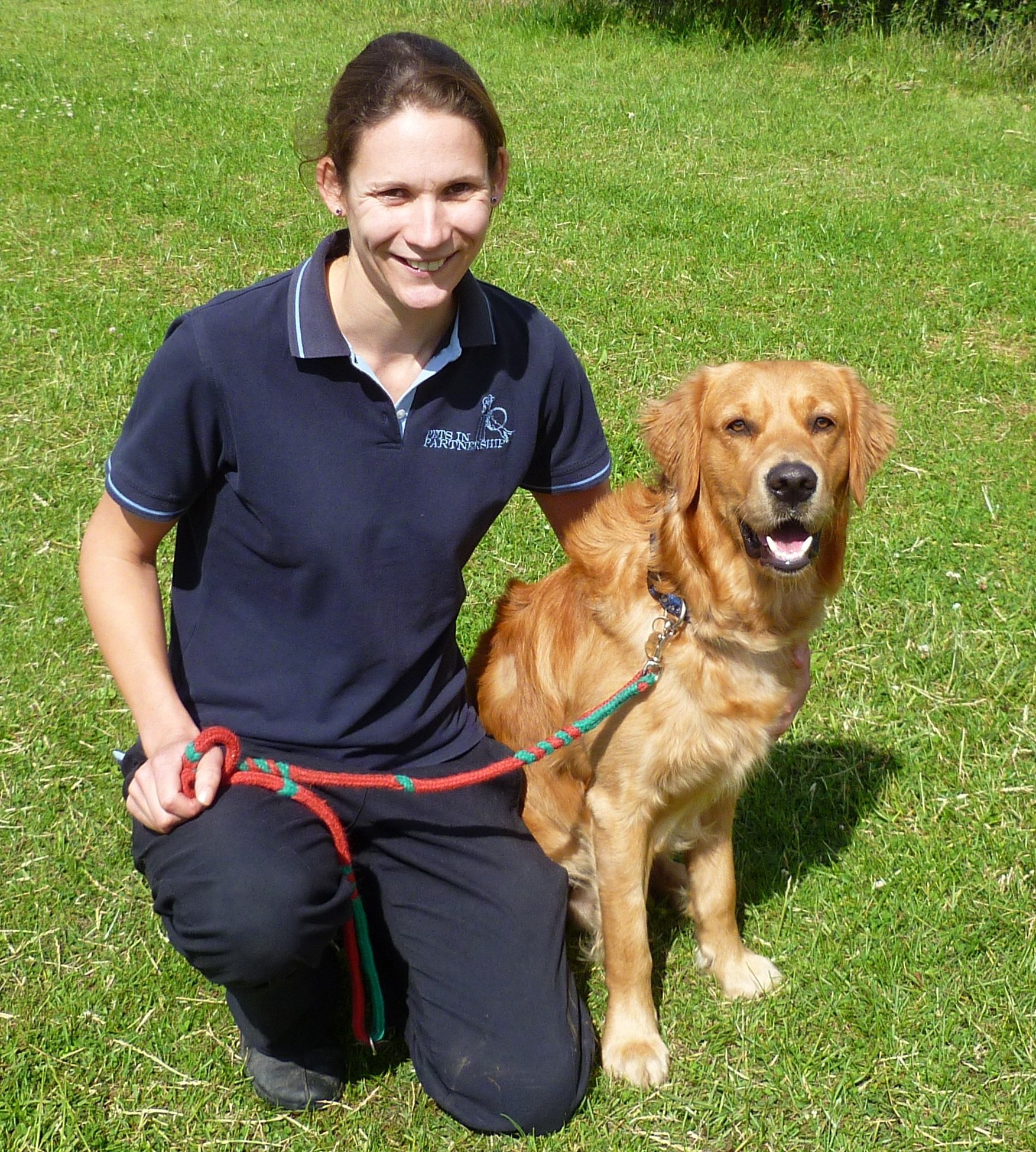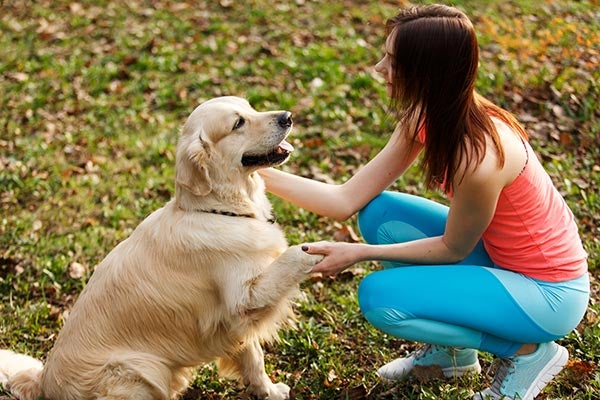Reliable Dog obedience training services for improved behavior.
Reliable Dog obedience training services for improved behavior.
Blog Article
Master Vital Commands: Efficient Pet Dog Training Made Easy
Reliable pet training is an essential aspect of liable family pet ownership, and mastering important commands serves as the structure for a harmonious relationship in between trainer and pet dog. Comprehending the subtleties of canine habits and the training process is key; however, the trip to a trained canine frequently presents unforeseen hurdles that call for interest.
Understanding Your Pet dog's Habits
To grasp the nuances of effective pet dog training, it is vital to damage down and evaluate your dog's habits. Dog training. Understanding the motivations behind your pet's actions is vital; behaviors can come from reaction, fear, enjoyment, or a need for focus. By observing your canine in different scenarios, you can identify patterns that may suggest underlying feelings or needs
For instance, a pet dog that barks exceedingly may be revealing dullness, anxiety, or a requirement for social communication. Alternatively, a canine that displays devastating behaviors could be looking for stimulation or remedy for anxiety. Recognizing these triggers enables you to customize your training method properly.
Furthermore, it is essential to think about the dog's type characteristics, as they can affect behavior dramatically. Some breeds are predisposed to certain attributes, such as herding or guarding reactions, which can impact their reactions to specific stimuli.
Last but not least, consistency in your actions to your pet's habits cultivates a better understanding in between you and your pet dog. This shared understanding is fundamental for constructing trust and promoting an efficient training procedure that nurtures both behavioral adjustment and positive support.
Important Commands to Instruct
Instructing important commands is a fundamental aspect of reliable pet training, giving the structure for a mannerly and responsive pet. These commands not just improve communication in between the proprietor and the dog but also ensure security in various environments.
The most essential commands include "Sit," which urges your pet to continue to be fixed and calm; "Remain," which reinforces the idea of continuing to be in one place up until launched; and "Come," which is crucial for remembering your dog from possibly dangerous circumstances. "Down" teaches pets to rest, advertising leisure and control, while "Leave it" assists prevent pet dogs from getting hazardous or undesirable items.
" Heel" is an additional important command that urges your dog to stroll closely next to you, improving chain good manners. "No" offers as a critical boundary-setting command, assisting to deal with undesirable habits.
Training Techniques for Success
Efficient pet training relies greatly on using a variety of methods that accommodate both the canine's understanding style and the owner's training objectives. One vital method declares reinforcement, which involves fulfilling preferred actions with treats, appreciation, or play. This technique urges the dog to repeat those habits, promoting a solid bond in between proprietor and pet dog.

An additional why not try here reliable strategy is clicker training, where an unique noise, made by a clicker, marks the specific moment other a dog performs a desired activity. This specific timing aids pets associate the actions with the incentive, boosting their understanding.
Uniformity is critical in all training approaches. Developing clear commands and preserving the exact same cues helps the pet understanding expectations much more rapidly. In addition, brief, interesting training sessions stop boredom and increase retention.
Including socialization possibilities is also vital. Exposing pets to various atmospheres, people, and various other animals aids them establish self-confidence and versatility.
Lastly, persistence plays a considerable duty in successful training - Dog training. Each pet discovers at their very own speed, and recognizing this can result in an extra satisfying training experience for both the proprietor and the canine. Implementing these methods will certainly set the structure for effective pet dog training
Common Difficulties and Solutions
Regardless of the very best training methods, pet dog proprietors frequently come across usual challenges that can impede progression. One prevalent problem is incongruity in commands and signs. When relative use different commands for the exact same actions, it confuses the dog, causing irregular reactions. The remedy depends on developing a unified strategy among all member of the family, making sure that everyone utilizes the same terms and signals.

Additionally, some pet dogs may show stubbornness or lack inspiration. This can frequently be addressed by including favorable reinforcement techniques, such as treats or appreciation, to motivate desired behaviors. Tailoring incentives to what your canine discovers most motivating can substantially boost their engagement.
Finally, fear or stress and anxiety can hamper progress in training. Acknowledging indications of stress and anxiety and adjusting the training speed as necessary is essential. Utilizing steady exposure to feared stimuli can help develop self-confidence with time, facilitating a much more efficient training experience.
Keeping Uniformity and Patience
Consistency and patience are critical in pet dog training, as they create the structure for attaining lasting behavioral changes. Canines flourish on routine and clear expectations; therefore, preserving a constant technique in commands, incentives, and improvements is essential. When trainers use the same cues and signals reliably, dogs are better able to understand what is being asked of them. Disparity can result in confusion and irritation, weakening the training procedure.
Just as vital is the function of persistence. Training a canine is not an instantaneous procedure; it needs time and repeating. Dogs, a lot like people, have varying learning rates and may not grasp commands immediately. Instructors have to recognize this and continue to be tranquil, giving encouragement rather than frustration. Favorable reinforcement plays an essential duty right here, gratifying wanted habits and aiding to promote a trusting connection between the pet dog and fitness instructor.
Conclusion
Grasping crucial commands is fundamental to efficient pet training, fostering enhanced interaction and enhancing positive habits. The application of favorable support techniques, combined with consistency and perseverance, considerably enhances the training experience for both the pet dog and handler. Attending to common difficulties with functional solutions even more sustains the training procedure. Ultimately, a trained pet not only exhibits etiquette but additionally develops self-confidence, adding to a harmonious partnership between the pet and its owner.
Report this page